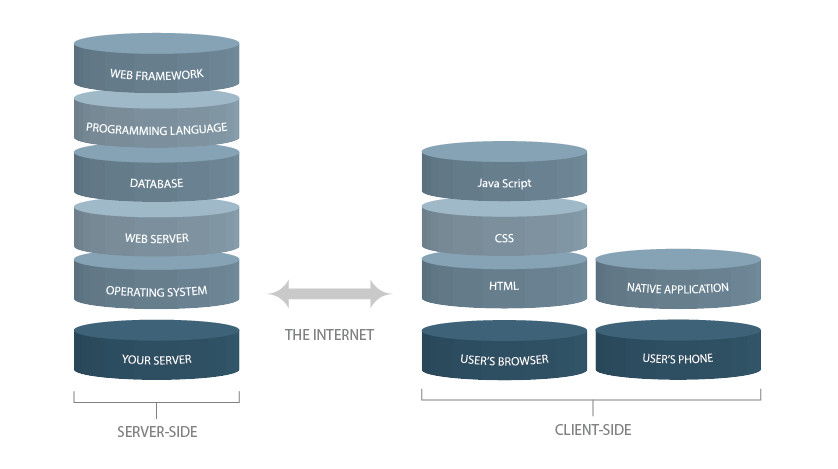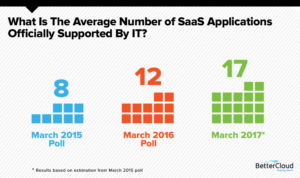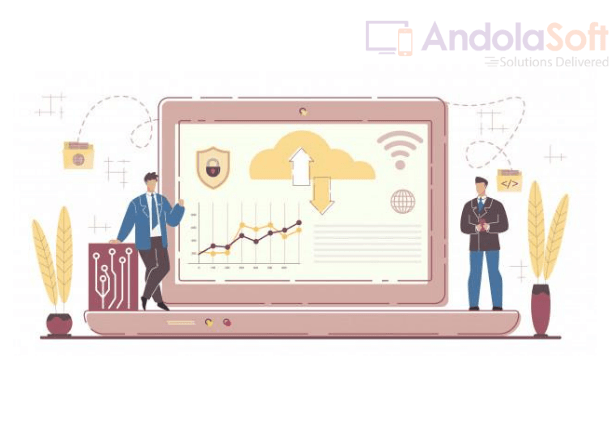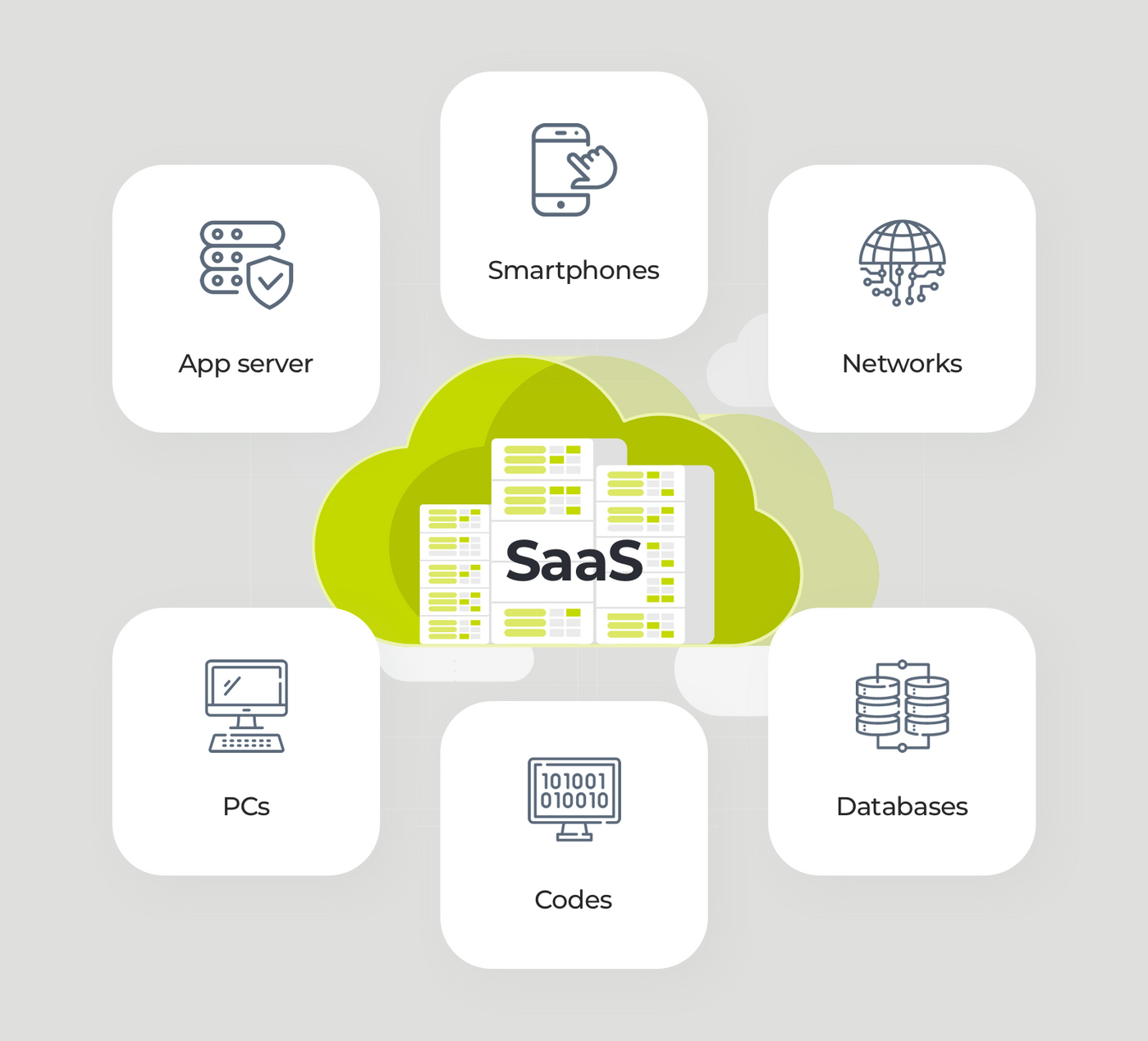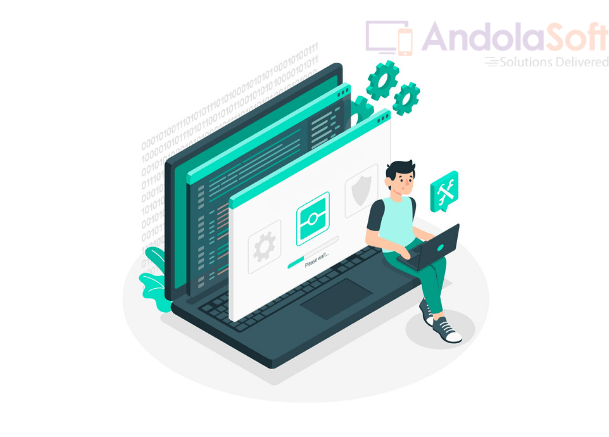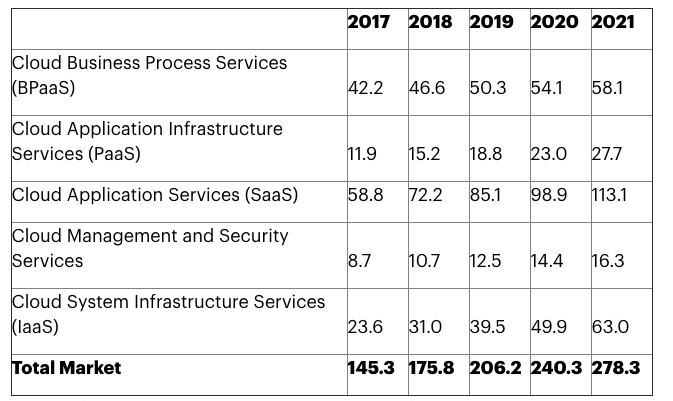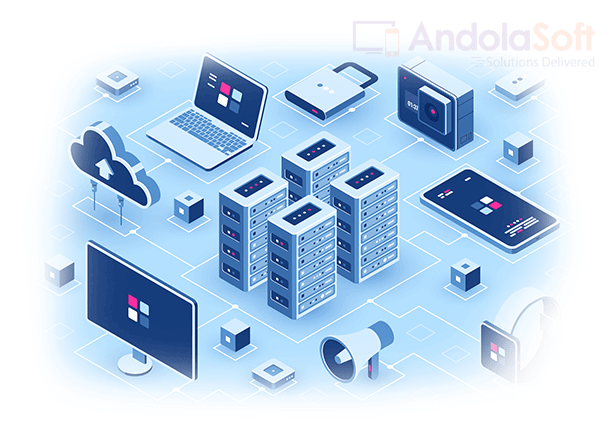Recently, WhatsApp has updatedits user data privacy policy and this update creates so much hush between end-users.
Even tech giant Elon Musk also tweeted about it.
Use Signal
— Elon Musk (@elonmusk) January 7, 2021
By the way, we do not want to make any comment on that nor want to make any comparisons.
But any user data of any application is a primary concern in today’s market. Service providers must satisfy their end-users by making much-required transparency of data privacy policies.
A few years back, there was only a fundamental shift in how companies do business online, and about data privacy. But after the intervention of cloud-based business strategy things have changed.
Now building credibility as a cloud-based business is harder than ever.
Let’s take the SaaS market. To make the subscription payments option available, the SaaS companies need a strong focus on keeping customer data secure and communicating that security to their users.
Just letting strengthen the privacy concerns are not enough though – the SaaS Application builders need concrete security measures in place that customers can easily understand.
Here we have put together some of the basic information and best practices on data security policies to help you get started with securing your SaaS application. Let’s dive in!
Basic things about SaaS security
SaaS security refers to the data privacy and safety of user data in subscription-based software i.e. Orangescrum, Wakeupsales, etc.
Each day, SaaS companies access, and analyze various data of customers. Even including the credit and debit card details.
As a SaaS founder, If you fail to keep those data safe, it will have a direct and lasting impact on your user retention and business growth.
With high-profile leaks like Cambridge Analytica happening more often, customers are increasingly concerned with their data privacy.
Concerning the customer data safety, different country’s regulatory bodies have issued various security guidelines like GDPR, EU-US and the Swiss-US Privacy Shield Frameworks, etc. These are mandatory to follow as a SaaS company.
And all these guidelines declares “Doing so ensures that whatever data your product has access to, it’s kept secure in a way that customers can understand—whether you’re dealing with internal or external issues.”
Also, the SaaS companies need to consider the data leakage.
As well as keeping secret your customer data you need to protect these customer data from outside attacks also. Or I can say you need to create a secure environment to run your SaaS application.
So, you need to make a dedicated strategy for your SaaS product during the development process.
The best practices to ensure data privacy and security:
Whether you’re developing a new SaaS product or rolling out a new feature, it’s important to consider how these changes will impact your SaaS Application’s security.
Keep the following best practices in mind to ensure your data privacy and security.
Encrypt your data
Encrypting the internal or user data should be the top priority through every layer of your technology stack.
A proper encryption ensures that the customer data isn’t immediately out there for all to see.
And let this know to your customers that your product is always keeping all sensitive billing information safe by communicating your encryption policies.
Not to mention, there are many common encryption protocols to use, each ensuring that the data you rely on isn’t stored in plain text.
Make privacy a priority
Privacy and security statements are required by most compliance and regulatory protocols, but that’s not all they’re good for.
By creating a robust statement for your own product, it educates both your team and your customer in how to handle valuable data.
Work with your development and legal teams to define the specific information that should be included in your own privacy policy.
Educate your customers
According to Gartner research, customers will be responsible for 95% of cloud security failures by 2020.
Whenever you onboard new customers or push important updates to current ones, make sure that you’re actively reaching out to let people know how it will impact their security.
More and more SaaS companies are moving to an entirely cloud-based infrastructure and most customers don’t understand the implications of this move.
Make sure your customers know how to keep their information safe to minimize security issues.
Backup user data in several locations
Lots of businesses aren’t prepared for data breaches, which makes effective customer data management very important.
Backing up your data in several locations ensures that no single system failure will damage your security.
Many cloud platforms SaaS companies rely on will provide this functionality as a part of their product, but you need to be diligent with backups to avoid potentially disastrous losses of customer data.
Consult a cyber-security firm
Third-party security firms can provide valuable industry insight into what you need to do to keep your platform secure.
Their testing protocols ensure that your software, network, and infrastructure is kept safe at all times.
As you’re building out your product, these third-party providers can also help you create plans for if/when a breach occurs.
Require stronger passwords
Even when they understand the risk of this practice, many people still use the same password for every login.
Prevent users from making their data vulnerable by requiring strong passwords when they create accounts.
Consider setting up authentication protocols and case sensitivity guidelines.
As the subscription economy continues to mature, a focus on security will only become more important. Always evaluate your current protocols to make sure you’re staying compliant as your company grows.
Takeaways
With a strong focus on SaaS security, you build trust in your product and foster an ecosystem that customers feel comfortable using.
Andolasoft puts user data security first
At Andolasoft, we are compliant with EU and US privacy regulations, we never sell your valuable customer data, and regularly perform security audits and penetration testing.
Check out our security statement for specific information on how we keep our SaaS business secure.
As people become more well-versed in their personal security, more secure products will also be more attractive to buyers.
Want to discuss more on SaaS Application data privacy? Let’s discuss!

